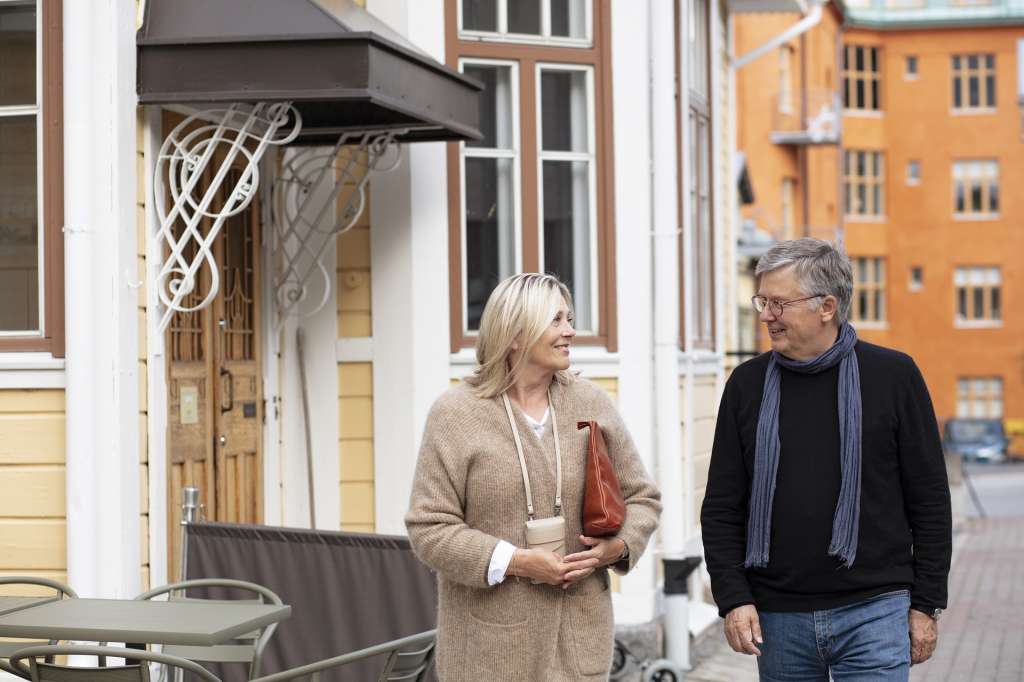
City Centre and Hietalahti
After Vaasa almost completely burnt to the ground in 1852, it was decided to relocate the city to where it now stands today. The beautiful avenues in the centre were originally built as fire breaks. The island called Hietasaari or "Hietsku" (as it is known locally) is one of Vaasa's most popular beaches.
City Centre
The city structure in the centre of Vaasa is based on Carl Axel Setterberg’s city plan from 1855. After the great fire of Vaasa in 1852, a decision was made to move the city to its present location by the sea, primarily because of the favourable harbour conditions. However, there have been settlements in the Tammikartano area, on the island of Klemetsö, since the 16th century. The oldest existing buildings date back to the 1770’s.
In Setterberg’s plan, the main elements were a clear grid pattern, wide avenues, fire alleys passing between the city blocks, a free-form shore park area and public buildings in a parklike environment, which can still be seen in Vaasa’s urban structure today. Buildings of national cultural importance in the central Vaasa area include Vaasa’s old cemetery, the Vaasa railway station and the Vaasa sniper barracks.
The old cemetery dates from the time when Vaasa was moved after the fire and an early cemetery was placed separately from the church and the settlement. The sniper barracks are connected to the war history of the city and the country, when a large Jaeger Regiment remained in Vaasa after the Finnish civil war. Setterberg designed a site for the Russian barrack area south of the Orthodox Church. The sniper barrack area is one of the best-preserved wooden barracks according to drawings from the 1880’s.
The railway station was completed in 1883 when a railway connection to Vaasa was opened. With the railway connection, Vaasa became an increasingly important industrial city. The stages of the industrial city are told by the Onkilahti machine shop (Onkilahden konepaja) , the Woollen Goods Factory (Villatavaratehdas) and the Vaasa steam mill (Vaasan höyrymylly) with its hoist towers and grain silos. Several smaller industrial buildings in the southern part of Klemettilä have been preserved from this time.
Hietalahti (Sandviken)
Hietalahti is a district about one kilometre from the centre of Vaasa. The first house in Hietalahti was built in the 1920’s. Hietalahti is one of Vaasa’s most prestigious residential areas due to its beautiful buildings and peaceful atmosphere.
Many of Vaasa’s sports centres are concentrated in Hietalahti, for example, the ice rink, football stadium, an indoor swimming pool, a Finnish baseball stadium, multipurpose sports fields, a frisbee golf park in Rytilaakso, Kaarlenkenttä sports stadium and the popular Vaasa Tennis Center, which is frequented by floorball, tennis and squash enthusiasts.
